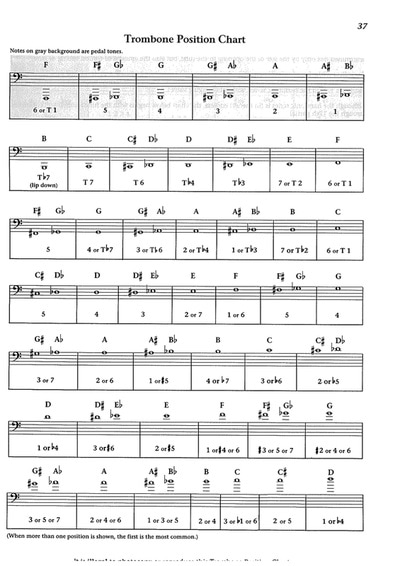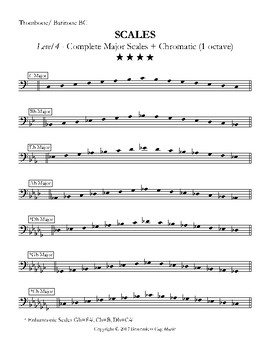



Everything else will give you questionable results, but they can be useful in very special situations. It should be noted that you will probably only use seventh position for the low E and the B-natural. Seventh position produces the following notes: Sixth position produces the following notes: You’ll have to experiment to find something that works for you. Other people have a longer arm and seventh isn’t quite fully extended, and they judge sixth based on this. Some people have sixth position as basically fully extended, and then seventh has to get some shoulder extension into it. As long as you aren’t still growing, this should serve you just fine. Most people judge these two by how close to fully outstretched their arm is. Sixth Position and Seventh Position are the two positions farther out. Second Position: You’ll be able to see a finger’s width of silver.įifth position produces the following notes: Some of the notes given are “false,” and should only be used with a modified position in circumstances that call for alternate positions. I’ll give you rough ideas to help you remember them.

Here we’ll go through the slide positions and give a chart for the notes these positions can (roughly) produce.Īs we’ll discuss later, the precise positioning doesn’t actually matter for learning the positions. We’ll discuss this more in the advanced sections. I’ve put the high A-flat in parentheses because it is theoretically part of the overtone series, but it cannot be played in tune or with clarity in first position. This is because moving the slide to second position moves the fundamental down by a half-step. The trombone changes the length by moving the slide.Ī good concept to remember is that the collection of notes made by putting the slide in a different position is the same just shifted down. The fundamental is a B-flat, and then all the other notes in the overtone series can be produced.Ī valve instrument changes the length of tubing by pressing a set of valves down. This is called the overtone series.įirst position on a (standard B-flat tenor) trombone is when the slide is all the way in. Valved instruments can change the length by moving the tuning slides of the valves, but this doesn’t help in most situations.Ī more in-depth analysis of tuning can be found in my article: 5 Steps to Playing in Tune.īrass instruments work by producing a distinct set of notes over top of a fundamental for each length of tubing. Trombones are unique among the brass family because they have the ability to alter the length of tubing in small ways (if you’re in the market for a first trombone, check out my guid e). In this article, we’ll discuss concepts that advancing students will find helpful. Charts and positions don’t give the full story. Trombone slide positions are usually given to a beginner student without much discussion of how a trombone works.


 0 kommentar(er)
0 kommentar(er)
